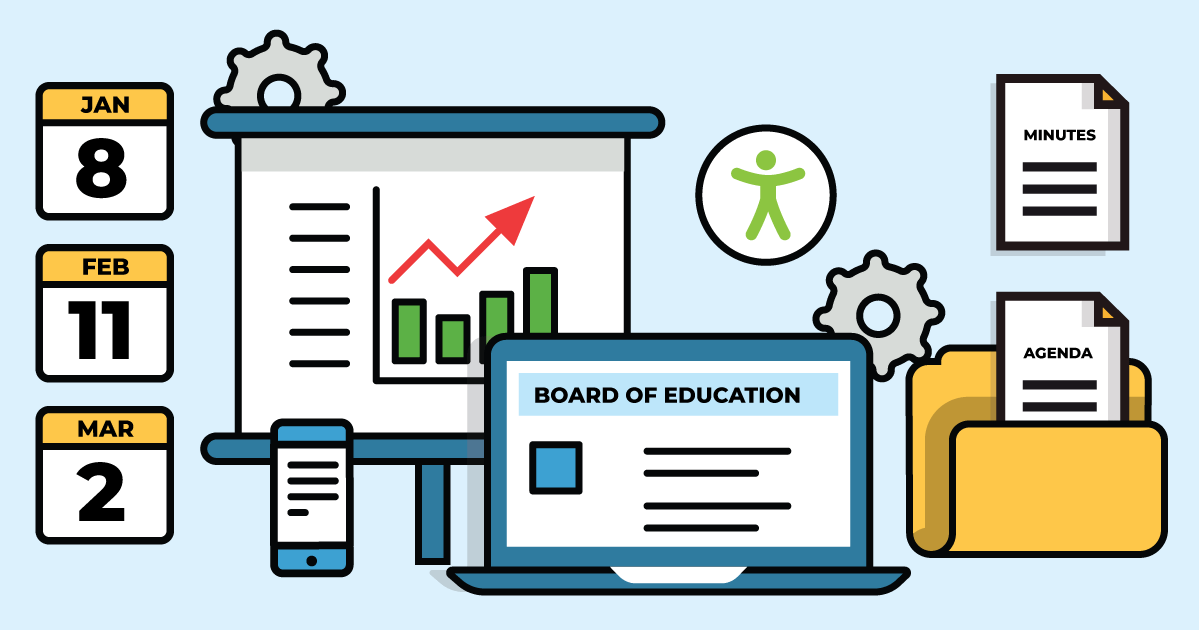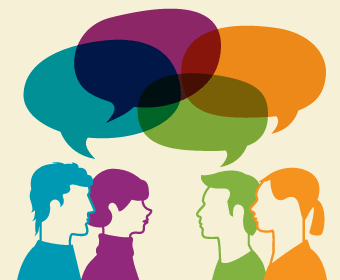Social media is no longer the afterthought to a vital school communication plan. It's a strategic element that needs to integrate into all digital communications.
School Social Media Guide
Explore the chapters:
The numbers range from 70-90%, but regardless the percentage, it's a safe bet to say just about everyone these days – and certainly those in your school community - are relying increasingly on social media to stay in touch with what matters most. Learn how it's become the preferred method for sharing, why many schools are reluctant to embrace it, and how it's become one of the best ways to tell your school story.
The number of social media users continues to rise. The workhorses: Facebook, Instagram, Twitter, and YouTube continue to haul the load, but as new social media networks emerge, everyone around the world – and certainly in your school community – is leaning hard on social media to access and share what's important to them.
People are logged in 24/7, at work, at home, at play. On their phones and tablets, on the go. Companies, causes, and kooks are flooding your parents' feeds with click bait. But how much is your school on their social media radar? Shouldn't it be?
According to the Pew Research Center, 3 out of 4 Americans are using social media daily. Over 80% of the U.S. population watches at least one YouTube video every day. How much school content of yours is on Youtube?
Imagine a LinkedIn group of influential supporters of your school whom you could instantly share achievement results with, school levy info, alumni, and fundraising news.
You get the point. Social media has become the lingua franca and it ought to be part of your school’s communications strategy. What’s more, some say it should even be part of your school curriculum, teaching students how to use it. Your student’s take-home school info packet is no longer the manilla envelope. It’s right there on your phone and theirs.

Social media is no longer the afterthought to a vital school communication plan. It's a strategic element that needs to integrate into all digital communications.
While social media is being used as a viable communications tool by some schools, when it comes to being utilized, it still trails other digital communication channels such as text and voice notifications, websites, mobile apps, and email.
Even for those schools that are using social media, many are hardly maximizing the potential for driving communication goals.
As a political force, there’s nothing more grassroots than social media. It’s the fourth estate. From U.S. presidential elections to school board contests, social media can have profound impact. For public schools faced with school levies on ballots, social media activity can often bring out motivated voters and swing results to one side or the other. How many public schools are factoring social media into their campaign strategy.?
Just as public schools can use social media as a tool to sway popular opinion, galvanize school supporters and bolster community backing, private schools too can likewise implement a social media strategy to boost enrollment and strengthen bonds with all their stakeholders.
Many schools still do not have a social media policy in place. And while more and more schools are beginning to adopt social media plans, the defensive stance some schools are taking may limit the true potential of all the positive things a social media program can do for a school or district. You have the leeway and discretion to make your own social media policies, so before it’s too late, get moving in the right direction and put yours in action.
Get out in front of social media, before you find yourself behind it.
Many school communications plans ironically neglect – if not totally overlook – the role students can play in delivering messaging. They are all about sharing. Be sure to factor them into your communications mix. Find some student ambassadors who can haul the load when it comes to sharing your school stories.
Reaching your entire school community in today’s digital, mobile world requires a mindset, strategic approach and the tools to connect how and when your audiences prefer.
Taking an active role in your school’s social media gives you the ability to tell everybody about all the great things happening in and around your school. Schools will forever be associated with being a cornerstone of the community, so telling your school’s story – putting your best foot forward – helps position it as a community asset for educating future generations.
But much more than just telling your story, it’s about listening and sharing like never before, and joining in the kind of dialogue that brings everyone closer to your school.
We all know how important listening is in the communications process. And creating better ways to listen is an important benefit of a social media program that helps strengthen the family-school-community partnership. All the social media channels and the mobile, 24-hour access to them give teachers, school administrators and all your school’s stakeholders so many more chances to learn more about the issues percolating among parents and the school community.
The ability to create online surveys in an instant, and just as instantly know where your audience stands on any number of school issues, facilitates immediacy in gauging opinion, gathering input, and simply listening better. Tools to monitor what’s being said about your school – and who’s saying it – creates untold opportunities to not only listen, but respond strategically with the right message.
Time was, a news release sent to the local press or a posting on the school website was the primary way to get the broadest reach for school news – create the release and hope parents and the rest of the community finds it. Post and pray. If you’re real lucky and your public relations or communications manager has a good rapport with the local media, the community paper picked up the release and ran the story. Social media changes all that.
While social media best practices can do wonders to strengthen your school’s media relations, it’s a powerful tool in and of itself, enabling you to publish and share while maintaining the utmost of editorial control. You manage the message.
Social media is multi-faceted in that it can be used to do much more than deliver messages. It can be used to galvanize your audience and build a following in and of itself. It can also be used to drive traffic to your website – or elsewhere – through the use of embedded links, giving your audiences more chances to learn more and get closer to your school.
These vehicles and others can be utilized to surround your audiences with messaging and create nearly endless opportunities to start one-on-one and one-to-many dialogue.
Social media creates personal and responsive conversations with all your audiences – parents, staff, students and the community – and helps strengthen your school’s image and place in the community.

Social media can surround your audiences with messaging and create opportunities to start one-on-one and one-to-many dialogue.
Explore the chapters:
Contact SchoolNow
Get a personalized demo.
If you want to see SchoolNow in action or just want to learn more, let us know.

© 2023 SchoolNow. All Rights Reserved.